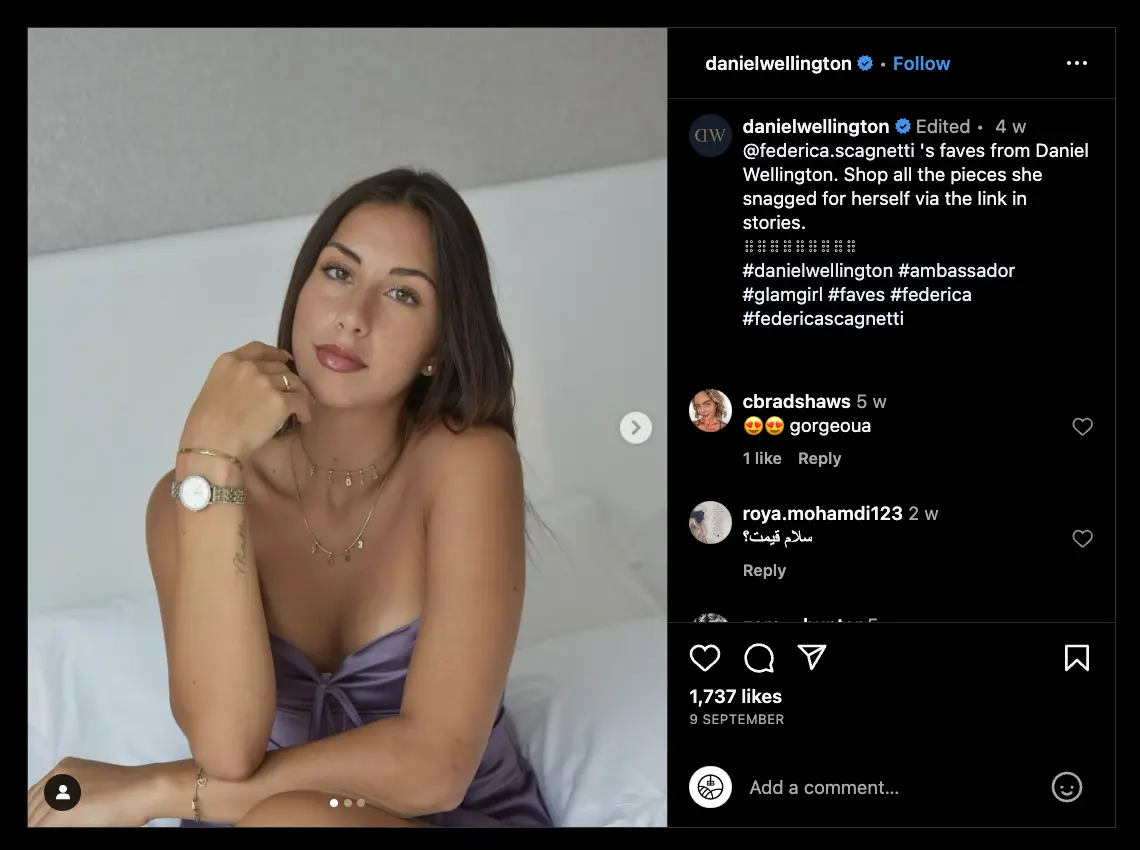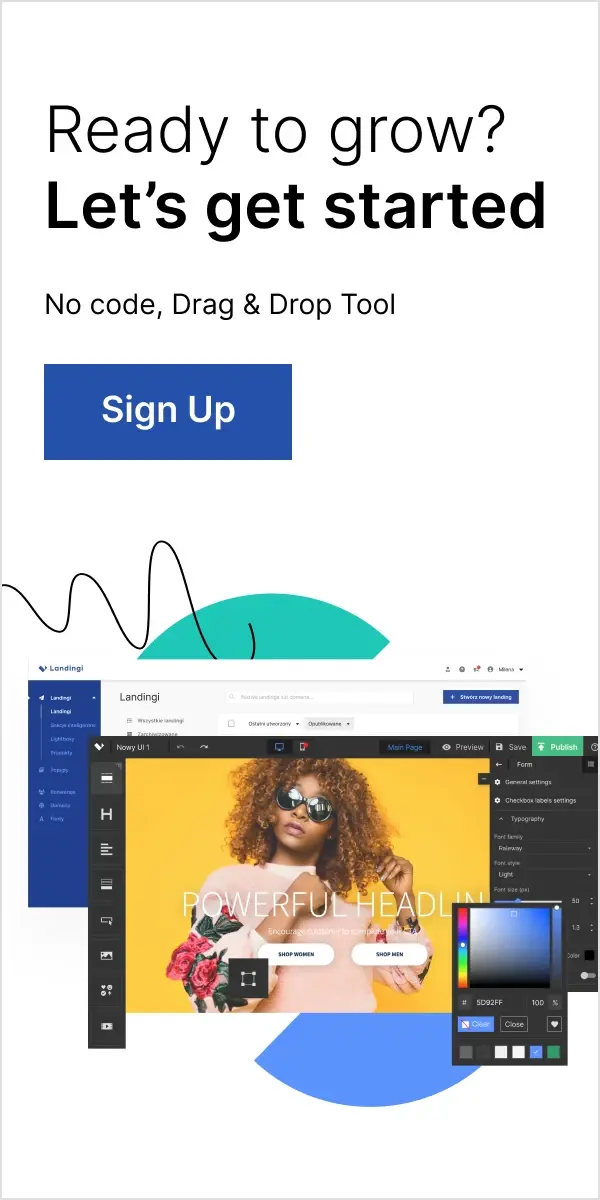There’s no choice now. With the digital world becoming increasingly crowded, businesses need to employ innovative strategies to capture attention and engage their audience.
You’ll learn some innovative marketing strategies that can elevate your online presence and set you apart from your competitors in this brief guide.
Why is a Strong Online Presence Important?
There is a set of benefits to gain linked to being widely present online. Let’s list and give a quick rundown of the most crucial ones.
Increases Visibility and Reach
A robust online presence allows you to reach a broader audience, both locally and globally. The more visible you are online, the more opportunities you have to engage potential customers and build brand awareness. This extended reach can open doors to new markets and revenue streams.
Builds Credibility and Trust
An active and well-maintained online presence can significantly enhance your brand’s credibility. It shows that you are engaged with your audience and committed to providing value, which builds trust over time. Trust is a vital component in customer decision-making, and a strong online presence can help you establish that.
Drives Revenue and Growth
A strong online presence can directly impact your bottom line by driving more traffic, generating leads, and ultimately increasing sales. It’s an investment that pays off in both the short term and long term, providing a solid foundation for business growth and scalability.
Make your sections smartable and let go of mundane manual tasks with Smart Sections! An easy way to manage bulk changes.
Innovative Marketing Strategies
#1 Leverage Augmented Reality
Augmented Reality (AR) offers a unique way to engage customers by blending digital elements into the real world. Brands can use AR to enhance the shopping experience, provide interactive product demos, or even create viral social media challenges. This technology can transform the way customers interact with your brand, offering a more immersive experience that can lead to higher conversion rate, increased engagement, and stronger sales.
Example: IKEA uses AR to allow customers to visualize how different pieces would look in their homes before making a purchase.

#2 Chatbots for Personalized Service
Chatbots can provide instant customer service, answer frequently asked questions, and even assist in the sales process. They offer a personalized experience without the need for human intervention, making them a cost-effective solution for scaling customer service. By choosing a best chatbot agency for your chatbot, chatbots can handle a variety of tasks 24/7, freeing up human resources for more complex issues in the HRIS system. They can also gather data that can be used for future marketing strategies, as well as for improving existing customer support quality assurance processes in place.
Example: A hotel website uses a chatbot to help users find the best hotel deals based on their preferences and budget.
#3 Interactive Content
Interactive content like quizzes, polls, and highly engaging videos can capture attention and encourage user participation. This not only increases engagement but also provides valuable data on customer preferences. Interactive content can be a fun and educational way to get to know your audience better, allowing you to tailor future marketing efforts more effectively.
Example: A beauty brand like Sephora creates a skincare quiz that recommends products based on the user’s skin type and concerns

#4 Voice Search Optimization
With the rise of smart speakers and voice-activated devices, optimizing for voice search is becoming increasingly important. Voice search optimization involves tweaking your content to align with the conversational tone and long-tail keywords commonly used in voice queries. This can make your brand more accessible and improve the user experience, particularly for those using voice-activated devices.
Example: A local restaurant optimizes its website for voice search by including phrases like “best Italian restaurant near me.”
#5 Video Marketing
Video content is incredibly engaging and can convey a lot of information in a short amount of time. Live streaming, video tutorials, and behind-the-scenes footage can provide valuable content that resonates with your audience.

Videos can be easily shared across multiple platforms, increasing your brand’s visibility and reach. They can also improve SEO rankings, making your brand more discoverable online. And the right video editing software and a good streaming server can help you scale your video marketing efforts.
Example: A fitness brand regularly posts workout tutorials and live Q&A sessions with trainers.
#6 Influencer Partnerships
Collaborating with influencers can give your brand access to a large and engaged audience. Choose influencers whose followers align with your target demographic for maximum impact. Influencer marketing can offer a more authentic and relatable way to reach potential customers, especially among younger demographics who are skeptical of traditional advertising.
Looking for the right influencers for your brand takes a lot of effort. However, this task can easily be outsourced to other specialized agencies for better efficiency.
Example: A fashion brand partners with a popular style influencer for a seasonal campaign.

#7 Social Commerce
Social media platforms are increasingly integrating shopping features, allowing users to make purchases without leaving the app. One key to success in this domain is presenting your products with high-quality, captivating visuals. Leveraging tools like AI generated product photos can ensure that your offerings stand out and resonate with potential buyers. Utilize these features to make the shopping experience as seamless as possible. Social commerce can significantly shorten the customer journey, making it easier for users to go from discovery to purchase in just a few clicks.
Example: A beauty brand uses Instagram’s “Shop Now” feature to sell products directly from their posts.
#8 Geo-Fencing for Local Engagement
Geo-fencing allows you to send targeted messages to users within a specific geographic area. This is particularly useful for local businesses looking to attract nearby customers. Geo-fencing can be used in conjunction with mobile apps to send push notifications, offering special deals to people in the vicinity, thereby driving foot traffic to physical locations.
Example: A restaurant uses social media to send special offers to users who are within a one-mile radius.
Get 111 Landing Page Examples—The Ultimate Guide for FREE
#9 Retargeting Campaigns
Retargeting campaigns allow you to re-engage users who have interacted with your brand but haven’t converted. These campaigns can be highly effective in nudging potential customers down the sales funnel. Retargeting can also improve ROI by focusing on users who have already shown interest in your products or services, making them more likely to convert.
Example: An online bookstore uses retargeting ads to show users books related to their previous searches.
#10 User-Generated Content
Encourage your customers to create content about your brand. This not only provides you with free marketing material but also builds trust as potential customers see real people enjoying your products or services. User-generated content can significantly enhance your brand’s credibility and provide social proof, which can be a powerful motivator for new clients to engage with your brand and increase the customer lifetime value of existing ones.
Example: A travel agency encourages customers to share their vacation photos using a branded hashtag.
#11 Virtual Events and Webinars
Virtual events and webinars offer a platform to showcase your expertise, engage with your audience, and provide valuable content. They can be particularly effective for B2B companies looking to generate high-quality leads. Virtual events also offer the advantage of global reach, allowing you to engage with audiences that you might not be able to reach through traditional methods.
Example: A software company hosts a series of webinars to demonstrate the capabilities of their new product.

#12 Gamification
Incorporate game-like elements into your marketing strategy to encourage customer loyalty and engagement. Rewards, challenges, and leaderboards can make interactions with your brand more enjoyable and memorable. Gamification can also drive specific user behaviors, like sharing content or completing a purchase, by offering incentives for these actions.
Example: A language learning app uses a point system and badges to encourage regular use.

#13 Focus on Your Team
A company’s reputation is the best first impression. One of the most effective ways to enhance this image is by prioritizing recruitment and nurturing a healthy and collaborative work culture. When a company invests in attracting top talent and fosters a positive environment, it attracts the industry’s best professionals and makes a positive impression on potential clients and partners. Leverage your reputation to draw more opportunities and create positive engagements.
#14 Use Landing Pages In Your Business Strategy
Landing pages are a pivotal component in digital marketing, designed to drive user action and increase conversions. Tailored to specific campaigns or target audiences, they offer a focused and personalized user experience. By incorporating landing pages into your strategy, you can better track campaign metrics and optimize for higher ROI. This makes them an indispensable tool for achieving your business goals effectively.
Some builders, including Landingi, offer free plans or trial periods, so you can test it yourself along with their innovative tools and features like event tracking with in-built analytics or generating SEO and copy with AI.
Start using innovative marketing strategies today!
Innovation is key to standing out and capturing your audience’s attention. Your online presence and business goals can be significantly enhanced by implementing these innovative marketing strategies.








